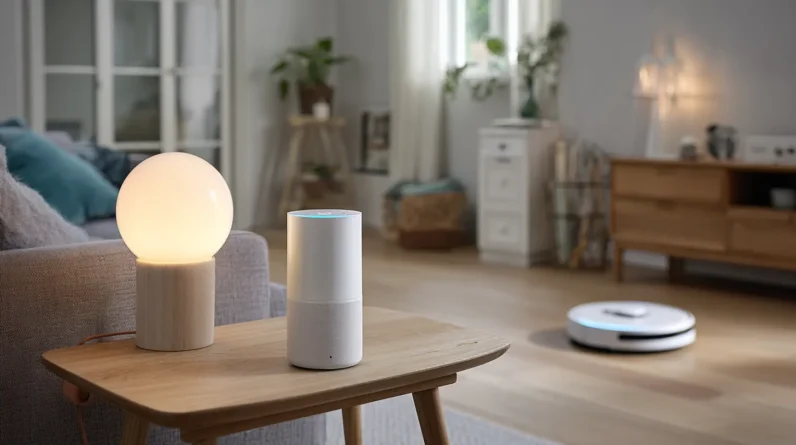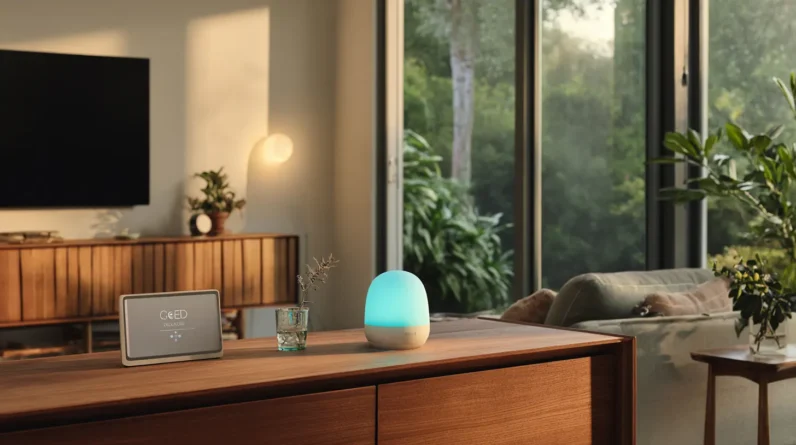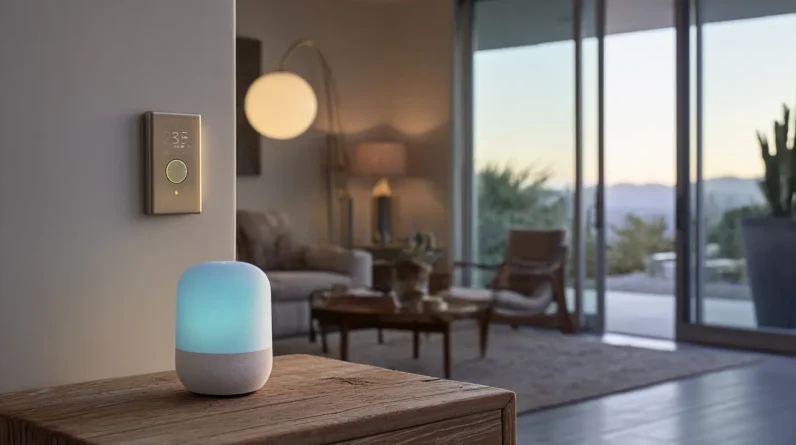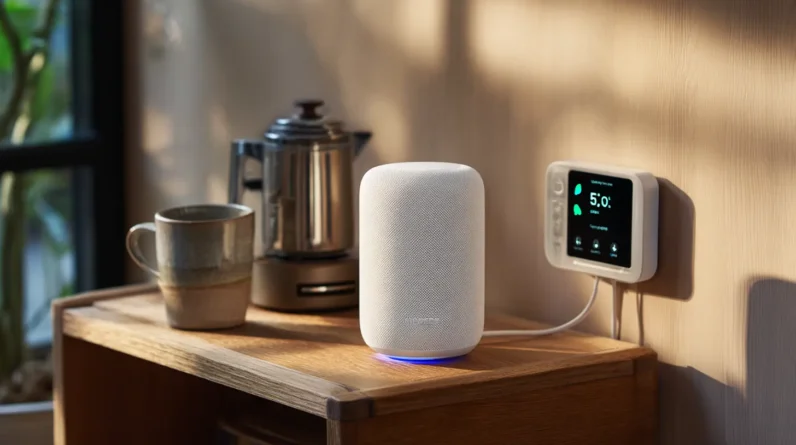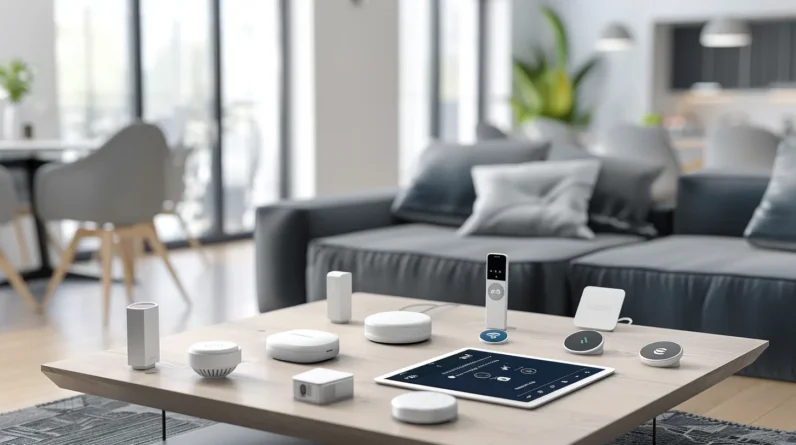
We’re on a quest to find the perfect smart security system for our homes, and it starts with defining our security needs, evaluating our budget, and considering compatibility with our existing devices. We evaluate the system’s features, sensors, and video capabilities, as well as its integration with smart speakers and hubs. Next, we research online reviews, seeking insights from experts and customers, and look for professional monitoring options that offer 24/7 support. By weighing these factors, we can narrow down our options and find a system that truly safeguards our homes. Now, let’s dive deeper into the specifics that’ll make all the difference.
Determine Your Security Needs
As we begin selecting a smart security system, we must first identify our specific security needs, considering factors such as the size and layout of our property, our lifestyle, and the types of threats we’re most concerned about. We need to think about the number of doors and windows that require surveillance, as well as any blind spots or areas that are difficult to monitor. We should also consider our daily routines, such as when we’re away from home and for how long. Additionally, we should assess the level of risk we’re willing to take and the level of protection we need. By understanding our unique security requirements, we can narrow down our options and choose a system that effectively addresses our specific needs.
Assess Your Budget and Costs
How much are we willing to invest in our smart security system, and what are the ongoing costs we need to take into account in our budget? These are vital questions to answer before making a purchase. The initial cost of the system is just the beginning; we need to evaluate the cost of equipment, installation, and any ongoing subscription fees. Additionally, we should think about the cost of any additional features or devices we might want to add in the future. By understanding our budget and the total cost of ownership, we can make an informed decision that meets our security needs and financial constraints. Let’s set a realistic budget and stick to it to guarantee we get the best value for our money.
Consider Compatibility and Integration
We need to guarantee our smart security system integrates seamlessly with our existing devices and infrastructure, so we’re exploring compatibility and integration options to create a cohesive and efficient security network. We want to ascertain our system can connect with our Wi-Fi, Bluetooth, and Zigbee devices, as well as our smart home hubs and platforms. Here are some key considerations:
1. Smart speaker integration: Will our system work with Amazon Alexa, Google Assistant, or Apple HomeKit?
2. Smart home hub compatibility: Can our system connect with hubs like Samsung SmartThings or Wink Hub?
3. Device compatibility: Will our system integrate with our existing security cameras, door locks, and sensors?
4. Cloud storage integration: Can our system store video footage and data in cloud services like Google Drive or Dropbox?
Evaluate System Features and Sensors
Now that we’ve made certain our smart security system integrates with our devices and infrastructure, it’s essential to carefully evaluate the system’s features and sensors to determine their effectiveness in detecting and responding to potential security threats. We need to assess the types of sensors included, such as door and window sensors, motion detectors, and glass break sensors. We should also consider the system’s video capabilities, including camera resolution, field of view, and night vision. Additionally, we must evaluate the system’s alert and notification features, such as push notifications, email alerts, and sirens. By carefully evaluating these features and sensors, we can guarantee our smart security system provides thorough protection for our home.
Research and Read Reviews Online
Researching online reviews from reputable sources, such as security experts and verified customers, provides valuable insights into the system’s performance, highlighting any potential flaws or strengths that might not be immediately apparent. We want to get a sense of how well the system works in real-world scenarios, so we look for reviews that discuss specific features, such as motion detection, video quality, and ease of use. Here are some key things we look for in online reviews:
1. Reliability and uptime: Does the system consistently detect motion and alert us to potential threats?
2. Ease of installation and setup: How difficult is it to get the system up and running?
3. Customer support: Are the company’s representatives responsive to our questions and concerns?
4. Integration with smart home devices: Does the system seamlessly integrate with our existing smart home setup?
Look for Professional Monitoring Options
While evaluating online reviews, we also consider the importance of professional monitoring options that can provide an added layer of security and peace of mind. We look for systems that offer 24/7 monitoring by trained professionals who can respond quickly to alerts and emergencies. We also consider the types of alerts that trigger a response, such as intrusion, fire, or medical emergencies. Additionally, we evaluate the communication methods used by the monitoring center, such as phone calls, texts, or mobile app notifications. By having a professional monitoring option in place, we can rest assured that our home and loved ones are protected even when we’re not there. This added layer of security gives us greater confidence in our smart security system.
Conclusion
As we stand guard over our homes, a robust smart security system is our trusted sentinel. By following these steps, we’ve charted a course through the complex landscape of options. Now, with our ideal system in place, we can sleep soundly, knowing our loved ones and valuables are protected. The darkness of uncertainty is illuminated, and our homes are transformed into fortresses of safety and peace.


